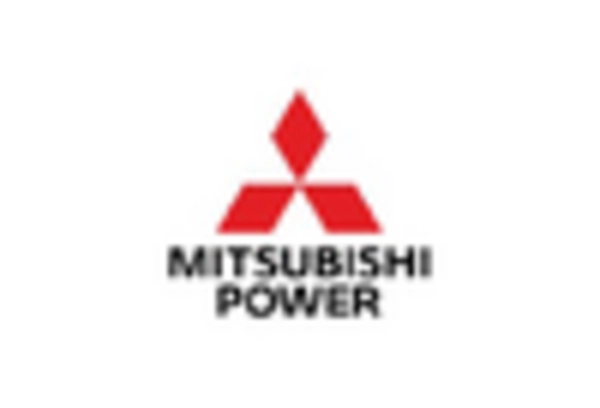Micro Gas Turbine for Aeroderivative and Energy Market is characterized by a high level of competition, with many players emerging for market share. The top 10 companies in the market account for a significant market share of the Micro Gas Turbine for Aeroderivative and Energy Market. The competitive landscape of Micro Gas Turbine for Aeroderivative and Energy Market is dynamic, with companies constantly innovating and expanding their product offerings. Despite the challenges, there are several factors that are driving growth in Global Micro Gas Turbine for Aeroderivative and Energy.
These rising global demand for electricity, increased availability of natural gas and technological advancements and growing micro grid application. Micro Gas Turbine for Aeroderivative and Energy Market is expected to witness significant growth in the coming years, owing to continuous investments in new plants.
Capstone Green Energy Corporation: Capstone Green Energy Corporation, formerly known as Capstone Turbine Corporation, is a leading provider of clean energy solutions focused on the distributed generation of power. The company specializes in the development, manufacturing, and marketing of low-emission, highly efficient microturbine technology for use in a variety of applications including power generation, resource recovery, and energy storage. Capstone's microturbines are renowned for their ability to run on a variety of fuels such as natural gas, propane, and renewable fuels, making them versatile and sustainable energy options.
Capstone Green Energy is publicly traded on the NASDAQ stock exchange under the ticker symbol CGRN. The company has established a strong presence in the global energy market, catering to customers across multiple industries including oil and gas, renewable energy, and transportation. The company’s product portfolio includes a range of microturbines, which fall under the category of power generation products. These microturbines are designed to offer reliable, low-emission power for primary, backup, and combined heat and power (CHP) applications.
Capstone’s services encompass long-term service agreements (FPPs), factory protection plans, and comprehensive maintenance programs, ensuring optimal performance and longevity of their systems.
General Electric: General Electric (GE) is a prominent multinational conglomerate headquartered in Boston, Massachusetts, USA. Founded in 1892, GE is publicly traded on the New York Stock Exchange under the ticker symbol GE. The company operates through a diverse portfolio of subsidiaries across various sectors. GE Aviation manufactures and services aircraft engines, while GE Power focuses on power generation technologies, including gas turbines used in both industrial and energy applications.
Under its Renewable Energy division, GE develops wind turbines and hydroelectric systems to support sustainable energy solutions globally. GE Aeroderivative gas turbines fall under the category of GE Aviation, as they are derived from jet engine technology adapted for use in power generation and mechanical drive applications. These turbines are versatile and efficient, suitable for various industrial and energy sectors requiring reliable and flexible power solutions. GE had spun of a new company GE Vernova in 2023, will be handling all renewable energy.


















Leave a Comment